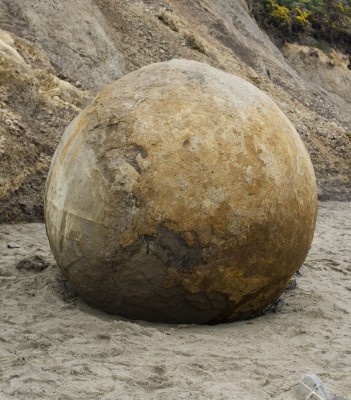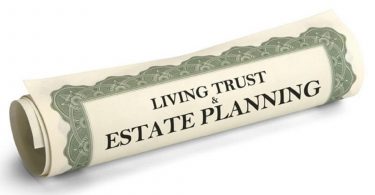So, you are conducting New York genealogical research, but you have run out of avenues to search – you have hit the proverbial family search genealogy dead end. Where do you go next? Which way do you turn? The best thing you can do is get back on your path, check your bearings and start looking for benchmarks, baselines, and landmarks. Land records and deeds are a primary resource for family history researchers. Land records and deeds are a terrific way of enhancing your New York genealogy research experience; however, in order to be successful in working with them, you need to take several things into consideration:
- What is the method used for surveying the land: metes and bounds or rectangular survey
- Where do you find the records
- What are the various types of land records available
- How have the records evolved in their usage and language
The original Colonies, including New York, used the metes and bounds method of surveying land. A seemingly permanent land feature, such as a rock or tree, was used as a starting point. Distances were measured in chains, rods, and links. A chain is 66 feet or four rods or 100 links. A rod is 16.5 feet and a link is .66 feet. An acre is about 10 square chains.
Take heart, though, and be patient. As time went on, the language used in a deed evolved to meet the needs of both the people and the government. Arcane phrases were dropped and the deeds, in many cases, became shorter and more concise. Land descriptions also changed. The rocks were sometimes moved and trees died. Keep an eye out for land descriptions changing to include references to roads or a neighbor’s fence. Finally, the lots and parcels may have been assigned names and numbers.
Land Records
Doing New York genealogical research through land records can be a bit complicated because different types of records are located at different levels of government. Land records are located at the county court house. They are a good source of information because they are easily accessed in the county clerk’s office – there are no privacy laws restricting their use, and they are indexed usually by grantor/seller and grantee/buyer. Keep in mind that in Colonial days, deeds may or may not have been recorded, may have been recorded in an adjacent county if that courthouse was closer, or the land may have been leased.
A number of land records can also be found at the New York State Archives in Albany, but many of these records have been microfilmed by the Family History Library (FHL) in Salt Lake City. FamilySearch.org has a page dedicated to New York Land and Property, which includes a list of resources available through FHL. Some of these include early land records, patents (served as the initial deed when the land was purchased from the government), surveys, Secretary of State’s deeds and mortgages, deeds, mortgages, manorial records, military bounty land, and county land records. Indices including “Patents of the State of New York, 1649-1912” and “Deeds, 1659-1846” may be particularly helpful to you in your New York genealogy research.
Deeds
There are a number of different types of deeds, but the three most common are warranty deeds, quit claim deeds, and mortgage deeds. Warranty deeds are the most common, and they guarantee the purchaser that there are no encumbrances on the property. A Quit Claim deed indicates that there may be an issue concerning the land. It is an outright sale with no guarantees. Mortgage deeds are frequently used by farmers as a method of getting cash to pay for seed or livestock, with the land being the collateral.
One last note regarding your New York genealogy research – other information may be included in a deed record besides the transfer of property. Frequently, land ownership was part of a probate record. If so, there should be a list of surviving heirs and possibly where they lived. If a congregation purchased property to build a church, a list of the board or congregation members purchasing the property may be included. If property was foreclosed on, that information may be ascertained from the deed.
Genealogists at Record Click can help you with your New York genealogy research. Record Click’s professional genealogical researchers have access to the land records in the New York State Archives in Albany and to the microfilm at the Family History Library in Salt Lake City. They can help decipher old handwriting or assist in helping you determine the best place to look for your deeds and compile the information your deeds contain.
Coming up: New York State of Mind: What is the difference between a town and a town?







